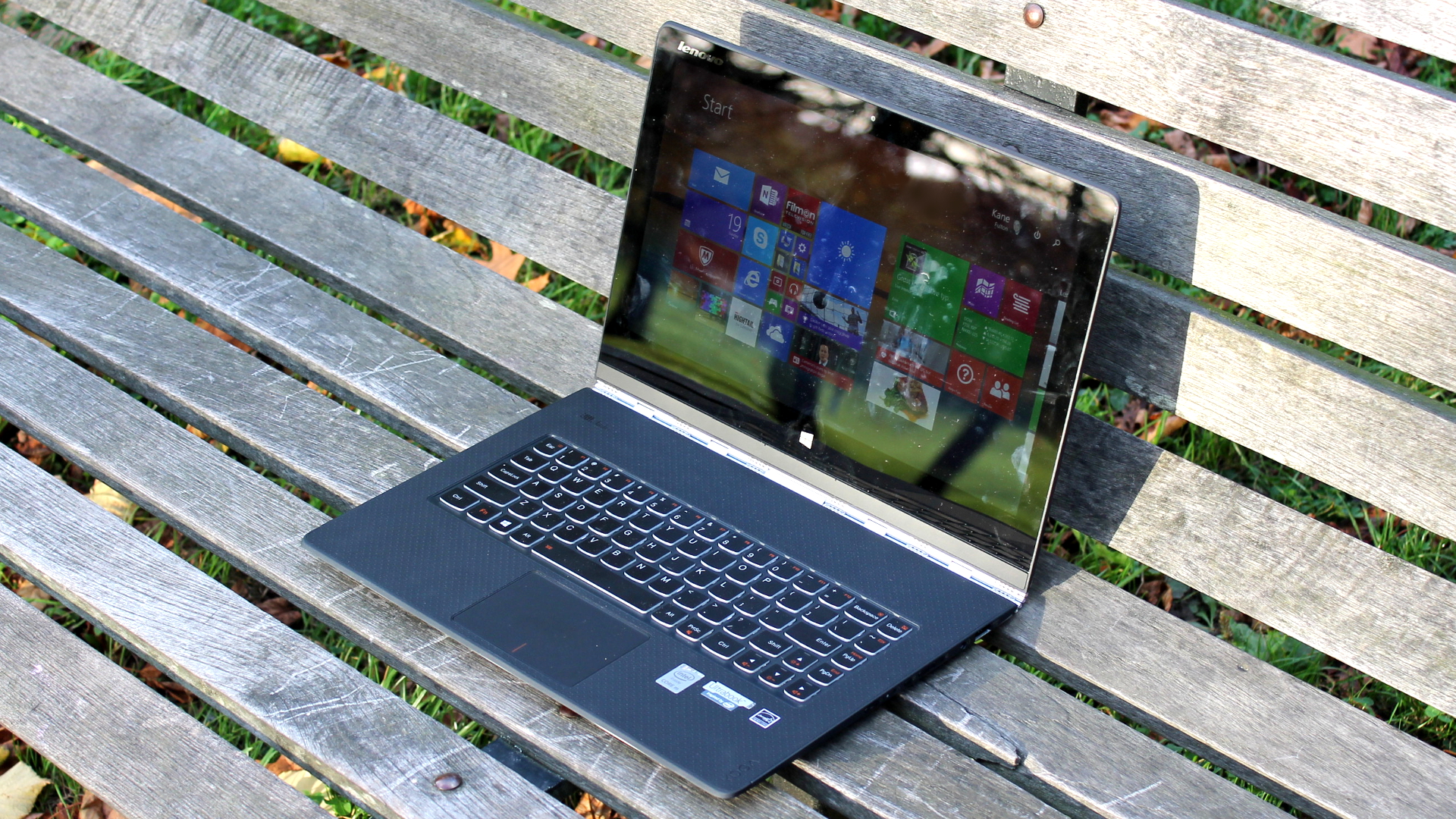School of hard knocks: considerations for hardware usage in education
It's a hard knock life, at school, for sure

Sam Morris is Worldwide Education Segment Executive at Lenovo, where he works closely with product engineers to ensure that the company creates the best hardware solutions designed specifically for use with educational environments.
We spoke to Sam about the issues facing IT departments in schools, and how the school environment is one of the most hazardous places going when it comes to hardware.
TechRadar Pro: What issues/obstacles are schools facing when evolving their ICT infrastructure?
Sam Morris: Specific challenges vary depending on geographies, although increasing ICT demand is something that schools all over the world are facing. For example, schools in North America are looking to implement a large scale online testing programme which will impact every student. Developing countries are looking to implement ICT as a means to educate future generations and elevate the economy. In the UK, changes to the national curriculum now require schools to teach computer programming to pupils as young as five.
This increase in demand presents schools with a series of challenges. Firstly financial – computers, laptops, tablets and servers are large capital expenses that require maintenance and renewal. The second issue is infrastructure. Many of the school buildings across the UK are older properties not built with the wireless experience in mind. As a result, there's a demand for networking and upgrades across these campuses to bring these facilities in line with today's needs.
Finally, it's about helping teachers to transition into a new classroom paradigm that impacts how they work with students in a connected classroom.
TRP: How are educators using Lenovo technology?
Sign up to the TechRadar Pro newsletter to get all the top news, opinion, features and guidance your business needs to succeed!
SM: The way technology is used in education, is completely different to the typical use of technology in a corporate or home setting. Students are a truly mobile workforce, moving during the day far more than the average office worker (between classes etc).
Think how frequently students will open and close their laptops when changing activity or task, how many times they will plug in and out of a power source, how likely they are to drop it when moving from classroom to classroom. When Lenovo looks at mobility devices for children, the goal is to make sure they are reliable and sustainable to suit the needs of the school environment.
Schools are one of the most hazardous environments for computers. As a result, Lenovo has made sure that its education devices go beyond the highly durable military specifications of its industry leading ThinkPad devices, popular with large businesses. These specifications include features such as spill-resistant keyboards, securely anchored keys and making sure laptops can withstand vibrations, jostles and jolts.
Lenovo also recognises that product use cases are different. The vast majority of adults use a device for a singular purpose. For example, they might use a tablet for browsing the web, or an office worker might opt for a keyboard-centric experience with plenty of screen real-estate for completing work tasks.
However, when single purpose devices are deployed in schools, they can often stifle students learning experience. Therefore, its imperative schools look to invest in multi-mode devices. Lenovo Yoga products are a great example of truly multi-mode technology – our 360 degree hinges allow laptops to be used in multiple ways including a tablet mode, with a mode especially created for sharing and consuming content.
TRP: How is Lenovo supporting both teachers and students with appropriate devices?
SM: Education is not a one-size-fits-all experience so understanding the general environment is not enough. You have to really understand the requirements of each specific customer to provide the right solutions. Lenovo works closely with its channel partners to help with this process.
Our channel partners are responsible for understanding the local demand and how best they can meet their customers' needs. They provide insight into the characteristics of the school environment and feed this micro data back to Lenovo. In turn, Lenovo provides macro data back to its channel partners with product expertise and a wider view of the latest technology and education trends.
This combination of micro and macro data equips schools with the information they need to purchase the right technologies to make their teachers and students successful.
TRP: How does Lenovo support partners and customers with procurement and small budgets?
SM: As the number one PC company in the world, we have the ability to leverage innovation across our entire portfolio of product. For example the multi-mode innovation which originated in our Yoga consumer products can now also be found throughout our portfolio of business products and also within our laptops for education.
Another point schools need to be mindful of is Total Cost of Ownership (TCO). Lenovo engineers ensure education devices are built with extra durability and reliability features to help them survive all sorts of conditions.
Through the help of channel partners, Lenovo encourages schools to steer clear of buying consumer grade devices that aren't meant to withstand the harder education environment and could become easily damaged. It is important schools understand the TCO and not just what the device will cost now, but in the long run.

Désiré has been musing and writing about technology during a career spanning four decades. He dabbled in website builders and web hosting when DHTML and frames were in vogue and started narrating about the impact of technology on society just before the start of the Y2K hysteria at the turn of the last millennium.